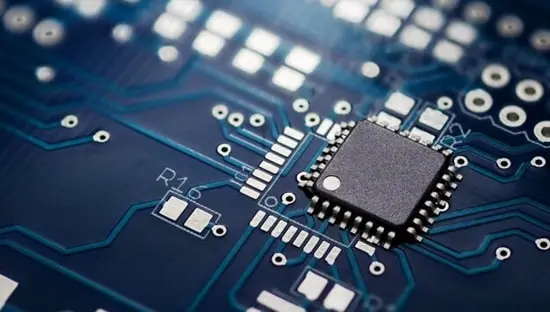India’s electronics manufacturing sector is poised for a significant transformation. With the goal of reaching $500 billion by 2030, the country aims to position itself as a global electronics manufacturing powerhouse. This vision is supported by comprehensive government policies, strategic investments, and industry collaborations, designed to reduce import dependency and boost domestic production.
Government Initiatives and Policy Support

Central to India’s ambitious goal are various government initiatives and policy frameworks aimed at creating a conducive environment for electronics manufacturing. The National Policy on Electronics (NPE) 2019 serves as a cornerstone, outlining strategies to enhance the Electronics System Design and Manufacturing (ESDM) sector. Key schemes include the Production Linked Incentive (PLI) Scheme, which offers financial incentives to large-scale electronics manufacturers based on incremental sales, and the Scheme for Promotion of Manufacturing of Electronic Components and Semiconductors (SPECS), which provides substantial subsidies on capital expenditures.
Incentives and Investments
India has opened its doors to significant foreign direct investment (FDI), allowing 100% FDI under the automatic route in most electronics sectors. This policy, coupled with fiscal incentives, is designed to attract global players to establish and expand their manufacturing bases in India. The government’s focus on reducing import tariffs for critical components like camera modules, display modules, and mechanical parts further enhances the attractiveness of India as a manufacturing hub.
Skilled Workforce and Competitive Edge
A major advantage for India is its young, skilled workforce, which provides a competitive edge in labor availability and costs. This talent pool is essential for setting up efficient and cost-effective manufacturing operations. The availability of skilled labor, combined with India’s strategic policy support, positions the country to meet the growing global demand for electronic components and devices.
Focus on High-Priority Components
To achieve its $500 billion target, India is focusing on high-priority components and sub-assemblies. These include lithium-ion batteries, camera modules, mechanical enclosures, displays, and printed circuit board assemblies (PCBAs). These components are crucial for the overall growth of the electronics manufacturing sector, with projections indicating a significant increase in demand for these items by 2030.
Economic Impact and Job Creation
The electronics manufacturing sector’s growth is expected to have a substantial economic impact, including the creation of approximately 2.8 lakh (280,000) jobs by 2026. The expansion of domestic manufacturing capabilities not only supports job creation but also enhances India’s export potential, contributing to the country’s economic development.
Conclusion
India’s journey towards becoming a $500 billion electronics manufacturing hub by 2030 is underpinned by strategic government policies, significant investments, and a skilled workforce. By focusing on high-priority components, reducing import dependency, and offering substantial incentives, India is well-positioned to transform its electronics manufacturing landscape and compete on a global scale.

